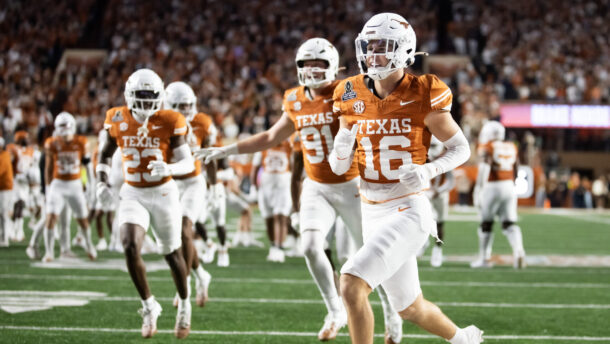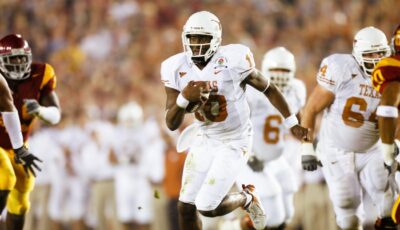HOOVER, Ala. — Whether the issue is satellite camps, graduate transfer rules or cost of attendance stipends, the buzzy topic of this SEC offseason has been competitive imbalance.
Several SEC coaches complained publicly about each of those topics in the last several months. But it appears the media has grossly overestimated the recruiting impact of the new cost of attendance measures.
One of the biggest takeaways from last week’s SEC Media Days is that coaches feel the rule will have a minimal impact, while players plan to use the influx of cash to buy more food.
RELATED: Full cost of attendance for every power-conference program
The move to pay college athletes beyond their scholarship still is evolving. For now, schools have the ability to offer a cash stipend equal to the difference in “cost of attendance” and the full value of an athletic scholarship.
Cost of attendance is a federally-regulated formula marketed by admissions offices and designed to give parents and students a real-world number that covers all costs, including transportation and food, in a given year at a specific university for the purposes of financial planning.
As such, some schools are able to offer more than others in the form of legal cash payments to players.
It stands to reason that since Tennessee is able to offer $5,666, most in the country among power-conference programs, and Kentucky is able to offer $2,284, the Wildcats are at a recruiting disadvantage. Wouldn’t about $3,400 in cash — per year — be a strong incentive for a high school athlete, on top of an athletic scholarship?
“I have not had one recruiting conversation with a prospect, player or coach about cost of attendance,” coach Bret Bielema said in Hoover.
Said Steve Spurrier: “We’ve learned that whatever [the amount we’re able to offer] is, it is. We’re not going to argue or cry about it. If some schools can give a little bit more, so be it. Supposedly, the federal government regulates this. The chief financial officer at each school sets the number, and that’s just the way it is. Let’s go play ball.”
Saban: We don't use cost of attendance as a recruiting tool. Hasn't seen issue have impact with prospects.
— Tod Palmer (@todpalmer) July 15, 2015
Most every coach asked about cost of attendance reiterated that it’s a positive change and that they’re glad their university is able to offer a little more to the players, who spend so much time and effort practicing and preparing for football games.
Most of the players represented at SEC Media Days last week didn’t know how much money they’d be getting through the cost of attendance measures. They articulated the extra money as more of a surprise afterthought bonus.
Miss St's Taveze Calhoun on cost of attendance: "It's great. Who don't want more money? Thank you, all, whoever voted for it."
— Dave Matter (@Dave_Matter) July 14, 2015
Every player that I heard field a “what will you do with your cost of attendance money” question at a press conference last week mentioned buying more food as the No. 1 answer.
AL.com compiled the answers of 20 players on the subject, and 10 of them mentioned food directly or indirectly.
“Most of it will probably go toward food,” Vanderbilt center Spencer Pulley said. “Being an offensive lineman, you can almost never eat enough. I’m always at Chipotle.”
South Carolina linebacker Skai Moore gave one of the more enthusiastic responses, perhaps on an empty stomach while making the media rounds.
Skai Moore's plans for first cost of attendance benefit? "Some nice fish and crab legs. I'm a seafood guy."
— Josh Kendall (@JoshTheAthletic) July 14, 2015
Sam’s Club offers 10 pounds of crab legs for $110. Moore ought to be able to buy 377 pounds of crab legs with his $4,151 cost of attendance money. (Don’t tell Jameis Winston that. He may be jealous.)
Perhaps the coaches either a) have been told by new commissioner Mike Sankey to shut their mouths about cost of attendance, under no uncertain terms, or b) they don’t yet realize what impact cost of attendance will have in recruiting.
If a coach loses a prospect because of cost of attendance, that coach isn't a good recruiter.
— Barrett Sallee ?? (@BarrettSallee) July 16, 2015
But at Media Days, it sure did sound like a non-issue, as coaches shrugged it off to a man, and Calhoun aside, players didn’t seem particularly overjoyed at the news. I wouldn’t expect it to amount to a huge advantage or disadvantage for any SEC program.
An itinerant journalist, Christopher has moved between states 11 times in seven years. Formally an injury-prone Division I 800-meter specialist, he now wanders the Rockies in search of high peaks.







